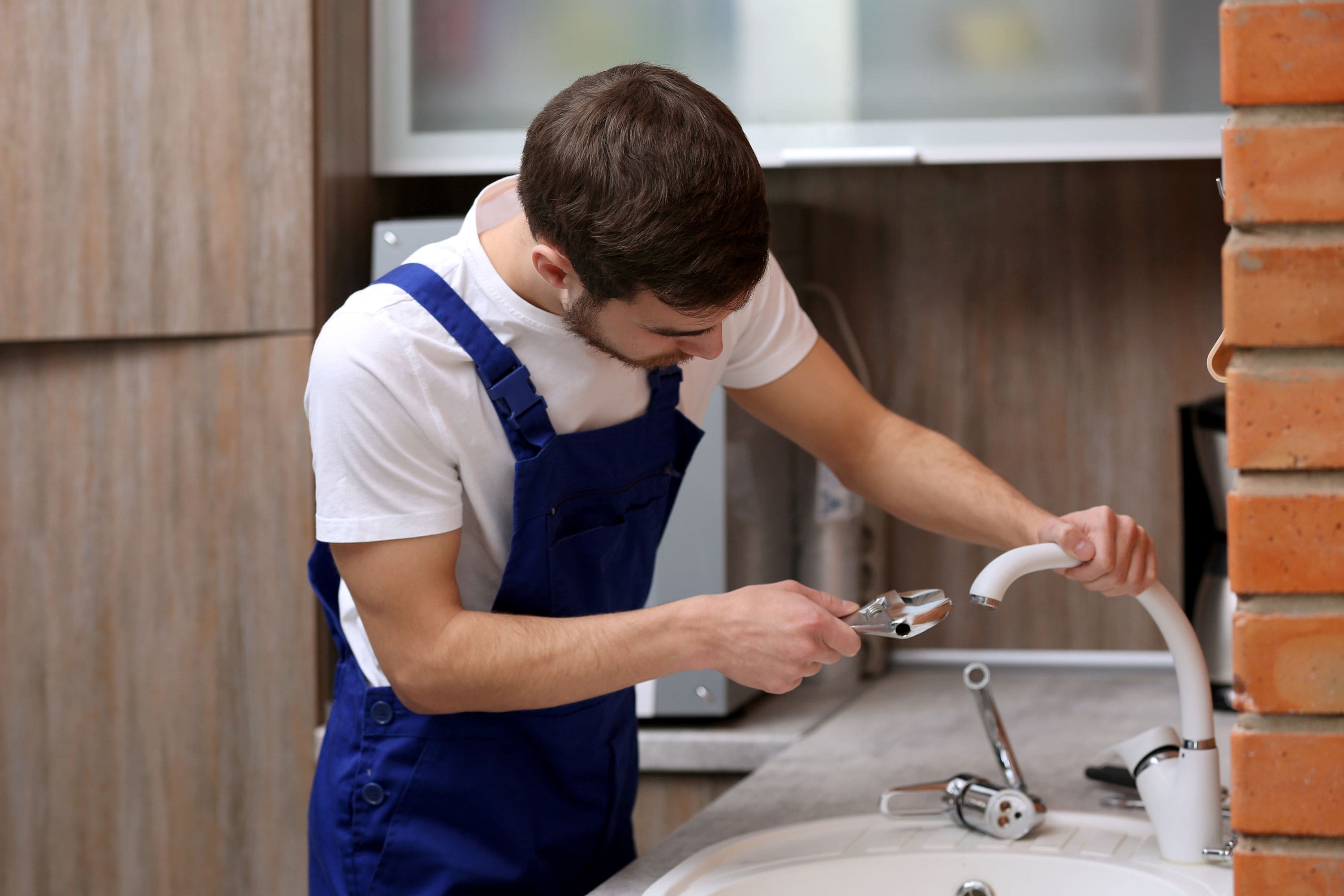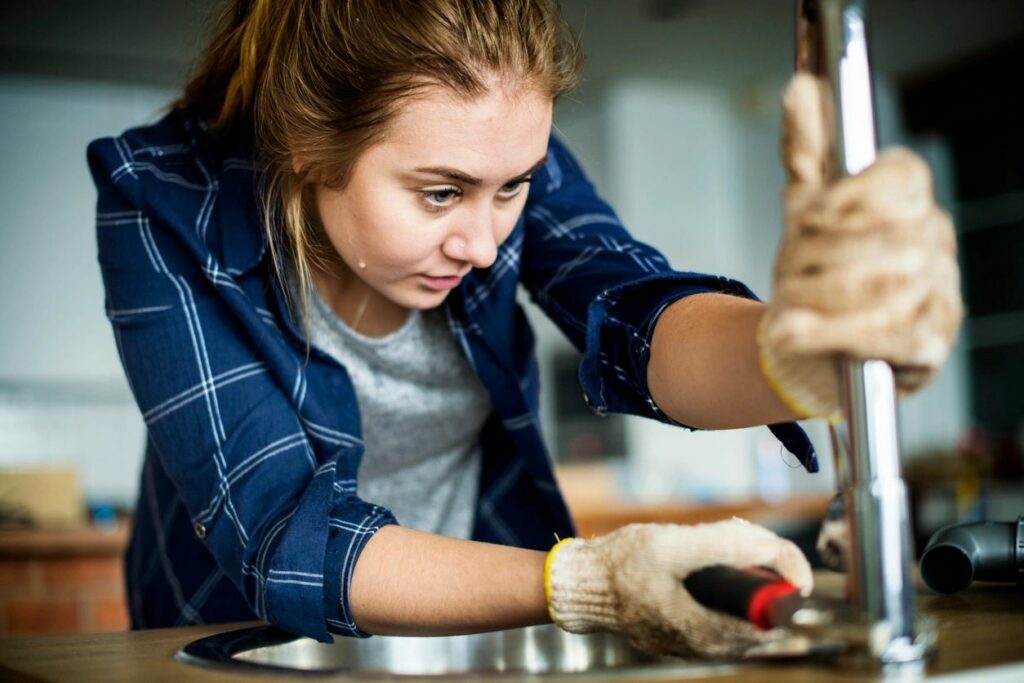Understanding the Relevance of Resolving a Dripping Faucet
Understanding the Relevance of Resolving a Dripping Faucet
Blog Article
What are your thoughts about Water Dripping from Faucet: Why and How to Fix?

Trickling taps could feel like a minor inconvenience, but their effect surpasses simply the annoyance of the audio. From drainage to sustaining unneeded economic expenses and wellness risks, ignoring a trickling faucet can lead to various effects. In this short article, we'll look into why it's crucial to address this usual family concern quickly and effectively.
Wastefulness of Water
Ecological Impact
Leaking taps add significantly to water waste. According to the Epa (EPA), a solitary tap trickling at one drip per secondly can throw away more than 3,000 gallons of water per year. This not only strains water resources but also affects environments and wild animals based on them.
Step-by-Step Guide to Dealing With a Dripping Tap
Devices Needed
Before trying to deal with a dripping faucet, collect the essential tools, including a flexible wrench, screwdrivers, substitute components (such as washing machines or cartridges), and plumber's tape.
Typical Tap Issues and Their Solutions
Recognize the sort of tap and the specific issue causing the drip. Common problems include worn-out washers, corroded valve seats, or defective O-rings. Refer to supplier guidelines or on-line tutorials for detailed advice on repair services.
Financial Expenses
Enhanced Water Expenses
Beyond the ecological influence, leaking faucets can inflate water costs significantly. The gathered waste with time equates into greater utility expenses, which can have been prevented with prompt repair services.
Potential Residential Or Commercial Property Damages
Furthermore, long term trickling can result in harm to fixtures and surface areas surrounding the faucet. Water buildup can cause discoloration, corrosion, and even architectural issues if left ignored, causing additional repair expenses.
Wellness Concerns
Mold and Mildew Development
The consistent visibility of wetness from a dripping faucet creates a perfect environment for mold and mildew and mold growth. These fungi not just compromise indoor air quality yet likewise position health dangers, particularly for people with respiratory problems or allergic reactions.
Waterborne Conditions
Stationary water in trickling taps can come to be a breeding place for microorganisms and other pathogens, enhancing the risk of waterborne conditions. Impurities such as Legionella germs prosper in stagnant water, potentially bring about significant ailments when ingested or inhaled.
Do it yourself vs. Expert Repair work
Advantages and disadvantages of DIY Fixing
While some might attempt to fix a trickling faucet themselves, do it yourself repair services come with their very own set of difficulties. Without proper understanding and devices, DIY efforts can intensify the concern or lead to insufficient repair work, prolonging the issue.
Advantages of Hiring a Specialist Plumber
Hiring an expert plumber ensures that the underlying reason for the leaking tap is addressed efficiently. Plumbing professionals have the proficiency and devices to identify and repair faucet problems successfully, conserving time and decreasing the threat of additional damages.
Environmental Obligation
Private Contribution to Conservation
Taking duty for dealing with trickling taps lines up with broader initiatives towards water conservation and ecological sustainability. Every individual's activities jointly make a considerable impact on maintaining valuable resources.
Lasting Living Practices
By prioritizing punctual repair services and embracing water-saving habits, people contribute to lasting living practices that benefit both existing and future generations.
Preventive Measures
Routine Upkeep Tips
To prevent trickling faucets, do regular maintenance such as cleansing aerators, inspecting for leaks, and changing worn-out parts without delay. Additionally, think about mounting water-saving gadgets or updating to a lot more effective components.
Significance of Prompt Repair Works
Addressing dripping taps as quickly as they're seen prevents further water wastage and potential damage, ultimately saving both water and money over time.
Effect On Residential Or Commercial Property Value
Perception of Well-Maintained Home
Preserving a building in good condition, consisting of attending to maintenance issues like trickling taps, enhances its perceived worth and charm among possible purchasers or renters.
Influence on Resale Value
Properties with properly maintained plumbing fixtures, consisting of faucets, command greater resale values in the property market. Attending to dripping taps can add to a positive impact during building evaluations and arrangements.
Conclusion
Attending to a leaking tap goes beyond simple comfort; it's an essential step towards preserving water, reducing monetary expenses, and guarding health and residential or commercial property. Whether with do it yourself fixings or specialist assistance, taking action to repair trickling taps is a tiny yet impactful means to advertise accountable stewardship of sources and contribute to a healthier, much more sustainable future.
Most Common Reasons for a Leaky Faucet and How to Stop the Drip
Whether it’s your kitchen faucet leaking or a bathroom faucet leaking, one leaky faucet can waste anywhere from three to 30 gallons of water every single day. If the constant drip-drip-drip doesn’t get your attention, your water bill will. The good news is that, by following a few simple steps, chances are pretty good you can fix the problem yourself.
Why is it dripping?
Before you start taking things apart, let’s break down some of the most common causes of a leaky faucet.
Bad O-ring.
A cartridge is a valve that controls the flow of water into the faucet spout. On cartridge faucets there’s an O-ring—the little disc attached to the stem screw that holds the faucet handle in place. If it’s loose or worn-out, it can cause your sink handle to leak. Of course, the cartridge itself could be worn out. If that’s the case, make sure you replace it with the exact same kind.
Corroded valve seat.
The valve seat connects the faucet and the spout. If the leak seems to be coming from the spout, it might be because a buildup of water sediment has corroded the valve seat.
Worn-out washers or seals.
A leaky spout could be caused by a bad washer that rests against the valve seat. It’s just a matter of time before friction takes its toll. It could also be the wrong size washer or one that’s been installed incorrectly. Water sediments can also corrode inlet and outlet seals.
Water pressure.
If the faucet only drips now and then, or when you turn the handles a certain way, you should probably check your home’s water pressure.
Loose or broken parts.
The adjusting ring and packing nuts in the stream screw can become loose over time, causing your sink handle to leak. Try tightening or replacing the packing nut. If the leak is coming from the pipes underneath the sink, you probably have a broken pipe or fitting. If that’s the case, you should definitely call a plumber.
Know your faucet.
Faucets come in a variety of types. Each one has its own assembly—and its own possible causes of leaks. Learning about the four most common kinds of faucets will help you know how to take them apart and make any repairs.
How to stop a leaky faucet
Fixing that leaky faucet doesn’t have to take a lot of time, money, or expertise. It’s usually a simple matter of replacing a worn-out washer or gasket, a loose O ring, or another part. Chances are really good you can do this yourself if you follow these simple steps.
Shut off the water.
Before you tackle the faucet, cut off the water supply to the sink. There should be one valve for hot and one for cold. Hand-turn them clockwise with your hands till they close. If there are no valves under the sink, head to the basement and shut off the main water supply to the house. Then turn on the faucet until it empties out the water that’s still in the line and you’re ready to start. It’s a good idea to cover the sink drain with a plug or a rag so you don’t lose any small pieces and parts while you’re working.

Do you really like reading up on Leaky Faucets: Why They Happen & What to Do About Them? Write a remark further down. We'd be pleased to see your reactions about this blog posting. We hope that you visit us again soon. Sharing is nice. Helping people is fun. Thanks for your time. Come back soon.
Report this page